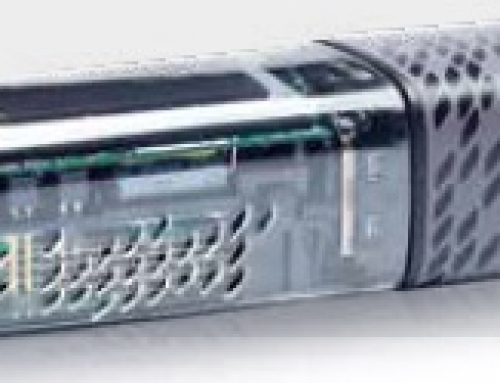In November 2016 Intelligent Energy (IE) ceased its energy management agreement with the Indian telecom infrastructure company GTL. This contract had produced large revenues but little profit. The original hope, that this would open the large telecom tower market to IE’s fuel cells, was apparently not working out.
IE is now fully focused on fuel cell products. However in the six months to 31 March 2017, revenue from these products was £2 million, down from £3m for the same period in 2016. This revenue comes from a Joint Development Agreement with Suzuki and various funded projects, which shows that IE still needs to establish a regular commercial demand for its products.
IE makes air-cooled hydrogen fuel cells that are combined as needed to provide power from 10 watt to 20kW. Applications include power generators, transport (scooters, cars and drones) and consumer electronics. There is even a portable charger for mobile phones. IE consider that their products lead the industry in terms of power output per unit volume and weight. It has a large patent portfolio to back it up.
Some proof of this is that IE are the technology partner in the three-year EU-funded DIGIMAN (Digital Materials Characterisation) project which was launched this year with Toyota as a major partner. The purpose is to show how to take the manufacturing of fuel cells from the present laboratory-type assembly to large-volume automated production such as would be needed by the automobile industry.
Other developments this year include the testing of IE’s cells in Suzuki Bergman scooters by London’s Metropolitan Police, and the sale of 600 1kW modules to Luxfer-GTM, a San Francisco based company that is mainly in the business of transporting compressed gases, but has found a niche providing mobile power for sporting events and festivals. In both cases zero-emissions (or more correctly non-noxious omissions) are the key.
Cash, however, remains a problem. For the six months prior to March 31 2017 losses amounted to £11.9m. The current losses should be less because of actions taken and because some of the £11.9m came from the Indian energy management business. IE estimate that the loss before interest, tax, depreciation and amortisation on the remaining fuel cell business is running at £13.6m per year. However, cash and short-term deposits on March 31 only amounted to £13m.
At the same time future financing looks tricky. The company cannot take on more debt without approval from the majority of Convertible Loan holders. IE’s preferred option is “to deliver a trading related solution” and hopes to move into profit through product sales within two years. The DIGIMAN project suggests that large-scale commercialisation is still some way off, meaning that sales will continue to be in niche markets. It seems a significant challenge.
IE’s shares are currently trading at 8.25p for a market capitalisation of £18.8m.

